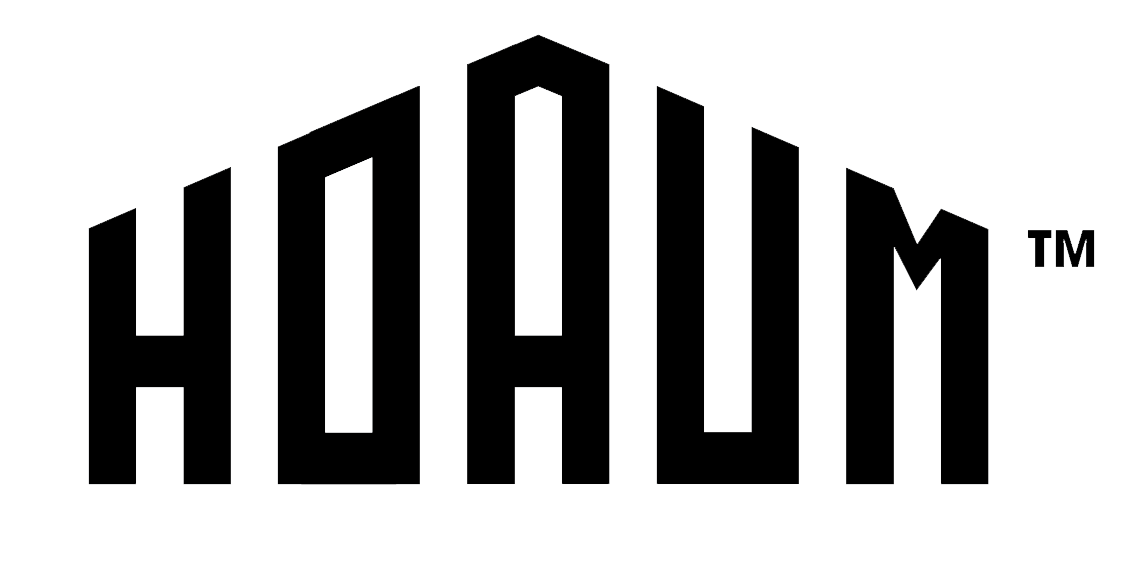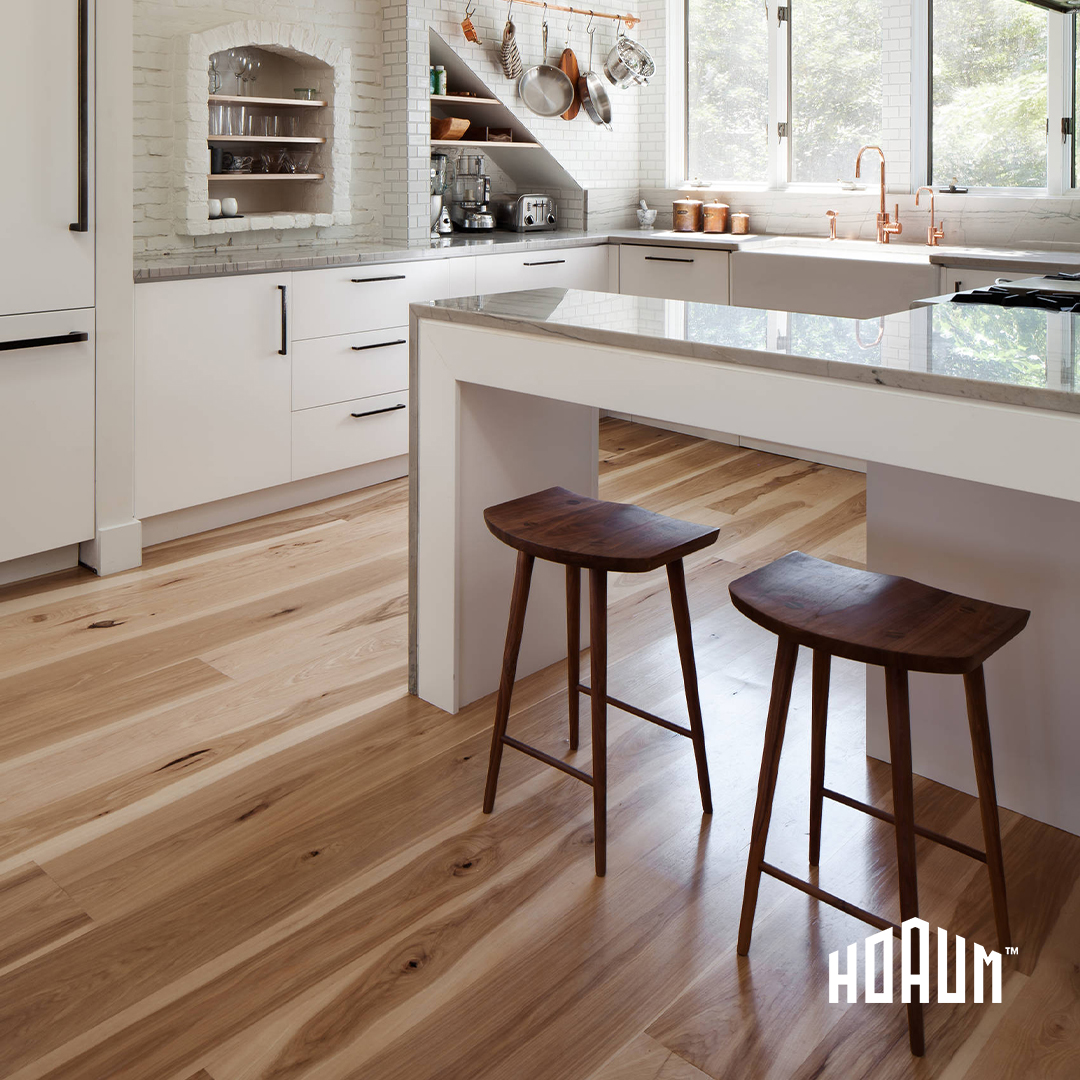Hardwood is known for being notoriously pricey. From the material cost down to the installation costs; when you choose hardwood for your floor replacement, you will be digging deep in your pockets. So why are homeowners head over heels with hardwood? Its natural beauty, timeless style, and durability give them the confidence they are making an excellent investment in their home. With proper maintenance and refinishing, we have seen hardwood floors last several lifetimes without the need to replace them. So is hardwood worth it? Absolutely. But do you have to pay rack high prices just for a remodel? Not really. There are hacks you can employ to cut down your remodeling budget, even with hardwood as your floor replacement option.
1. Retail Purchases

Are you replacing floors throughout the entire home? Yes. (Sigh) The expenses must be killing you. Depending on the style and material, hardwood costs range from $3 sq. ft to $13 sq. ft. These are store prices and they could add up fast especiallyif you are buying a lot of material, and you haven’t even included the installation costs. To minimize the costs, you can opt for retail purchases, which are considerably cheaper.
2. Affordable Options

There are many hardwood flooring materials out there. Cork, bamboo, oak, maple, pine, birch and engineered wood; all hardwood options but differ in pricing. Solid wood like oak will cost higher than pine, cork or engineered wood which has recently grown in popularity for its affordability and sustainability. Made to stand where solid wood fails, engineered wood is manufactured to be more resilient—the layer of veneer covering the wood acts as a protective film from water and moisture.
3. Save With DIY

Are your carpentry skills sufficient enough to pull off a remodel? The market has come up with DIY-friendly options that homeowners can purchase and handle the replacement themselves. Pre-sanded and pre-finished boards are available for individuals who cannot manage the process and do not want to hire a flooring expert. Click and lock planks that make installation much easier can also be bought to cut labor costs. You may have to pay more for them than typical boards but the overhead does not match labor costs.
4. Keep The Faulty Pieces

Remember, hardwood is natural, so faulty pieces are expected when you purchase the material. Do not throw these pieces away; you can cut the bad parts off and still use them for installation. In places where the entire board cannot fit, you can tailor the piece to the space instead of buying extra material.
5. Compare Installation Costs

Many people prefer hiring a flooring replacement professional to cater to the installation when it comes to hardwood floors. Sure the cost will be higher than choosing to do it yourself, but if you are looking for a professional look, it is best to find an expert. So how do you save when hiring a remodeler? Compare the different quotes and find someone within your budget who will deliver the best results while saving you money.
Wrap Up
Are the hard costs of adding hardwood floors preventing you from achieving your dream home? Take heart because, with these tips, you can now minimize the cost of replacing your floors with beautiful and durable hardwood. Find something that matches your remodeling budget and home, and then hire an expert to make the dream a reality. Complete this form, and let’s start planning for your home.





